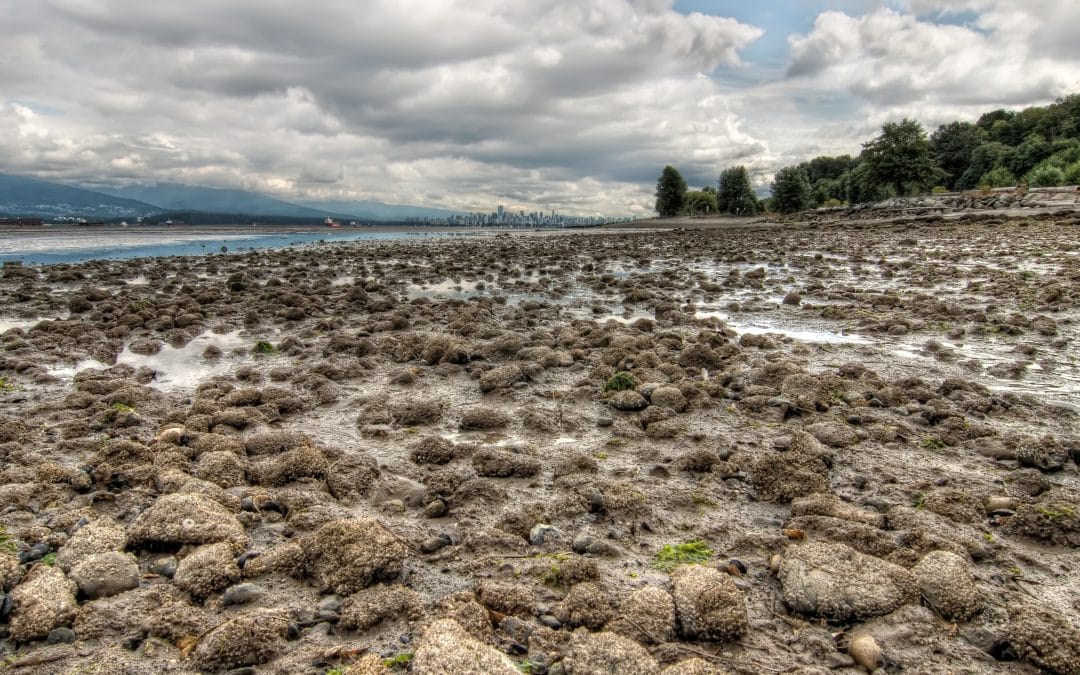Site Profiles are a form used as a screening tool to identify potentially contaminated sites in British Columbia. They require readily available information about the past and present uses of a site as well as basic land description. Sites that are flagged for contamination are frozen for municipal approvals and permits and can only be released by the Province. Once frozen, a site enters the Ministry of Environment and Climate Change Strategy’s contaminated sites process. Currently, municipalities can opt out of the Site Profile system.
Site Profiles utilize Schedule 2 of the Contaminated Sites Regulation as a list of land uses that are considered likely to cause contamination to soil, soil vapour and/or groundwater. A site with a known Schedule 2 site history is often the first initial flag. A set of yes/no questions must be answered to determine if the site should be frozen.
The upcoming regulatory changes will take place once they have passed in the legislature, later this year, and include the elimination of the questions, elimination of the option for municipalities to “opt out” and changes to the list of Schedule 2 Activities, including the inclusion of “contaminated soil, including relocated fill material.” A site with a Schedule 2 use will automatically be frozen and put into the Ministry’s contaminated sites process. Sites that do not have a Schedule 2 use will still not be flagged.
Other changes include the renaming of the system to be called the Site Identification System, the requirement to provide a summary of plans for the site and information used to complete the Site ID Form. The Ministry will be looking for a Phase 1 or Stage 1 Report to have been completed and the form will be required to list records that were searched (directories, photographs, fire insurance maps, etc.).
If you are doing your due diligence on a site by completing a Phase I or Stage 1 that identifies a Schedule 2 use at your site, we are here to guide you through the process as the site will automatically be captured and frozen under the new Site ID system and will be subject to the requirements under the Environmental Management Act and Contaminated Sites Regulations before the local government will provide any permits.

